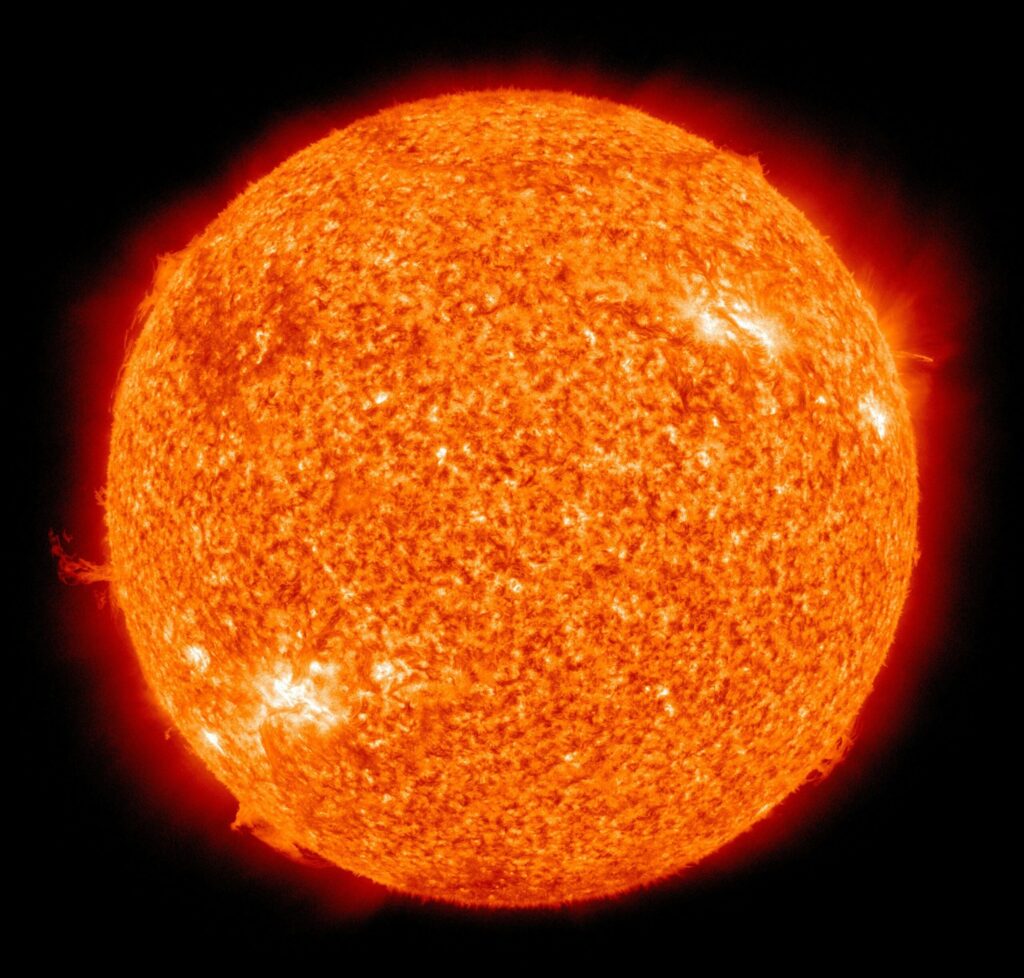
NASA has introduced an innovative artificial intelligence model named Surya, designed to enhance the monitoring and forecasting of solar activity. This cutting-edge model aims to predict space weather events that could potentially disrupt satellites, communications, and power systems on Earth.
According to a recent press release, Surya is trained on an extensive dataset collected over nine years by NASA’s Solar Dynamics Observatory (SDO). Since 2010, SDO has provided a continuous, high-resolution record of the Sun. The AI model leverages this data to detect patterns and generate predictions about solar phenomena such as solar flares and ultraviolet output, which significantly impact the Earth’s upper atmosphere and orbiting technologies.
Surya’s Advanced Capabilities
Surya employs a foundation model architecture that eliminates the need for detailed labeling during the learning process. Instead, it processes raw solar images and magnetic field measurements to identify early indicators of solar activity. Preliminary tests have demonstrated that Surya can forecast solar flares up to two hours in advance, surpassing previous benchmarks by more than 15%.
The model’s utility extends to predicting events that pose operational challenges for satellites. Solar storms have the potential to interfere with GPS, communications, and satellite navigation systems. In severe cases, they can affect orbital stability by heating the upper atmosphere, thereby increasing drag on low-Earth orbit satellites.
Beyond Forecasting: Broader Applications
Surya’s architecture not only forecasts solar storms but also assists in tracking active regions on the Sun and estimating solar wind speeds. It can integrate data from other solar observatories, including the Parker Solar Probe and the Solar and Heliospheric Observatory, enhancing its predictive capabilities.
In a bid to foster collaboration, NASA has made both the model and its training data publicly accessible on platforms such as HuggingFace and GitHub. This open-access approach allows researchers, educators, and developers to explore and apply the model across related fields, including Earth observation and planetary science.
Implications for Space Science and Earth Infrastructure
Surya’s development is a part of NASA’s broader initiative to incorporate artificial intelligence into space science. Supported in part by the National AI Research Resource (NAIRR) Pilot, this project underscores the growing efforts to utilize machine learning in monitoring dynamic systems like the Sun, where early detection can play a crucial role in protecting critical infrastructure on Earth.
Experts believe that AI models like Surya could revolutionize how we understand and respond to solar activity. Dr. Emily Thompson, a leading astrophysicist at the Space Weather Prediction Center, stated,
“The ability to predict solar flares with greater accuracy and lead time is a significant advancement. It enhances our preparedness and resilience against potential disruptions caused by space weather.”
This initiative comes at a time when the reliance on satellite-based technologies is at an all-time high. As the world becomes increasingly interconnected, the need for reliable and timely space weather forecasts becomes ever more critical.
Looking Ahead
As NASA continues to refine Surya and explore its full potential, the model represents a promising step forward in the field of space weather prediction. The ongoing collaboration between NASA and the global scientific community will likely yield further advancements, ensuring that we remain vigilant and prepared for the challenges posed by solar activity.
The future of space weather forecasting is bright, with AI models like Surya leading the way. As we continue to explore the vastness of space, such innovations will be key to safeguarding our technological infrastructure and advancing our understanding of the universe.





